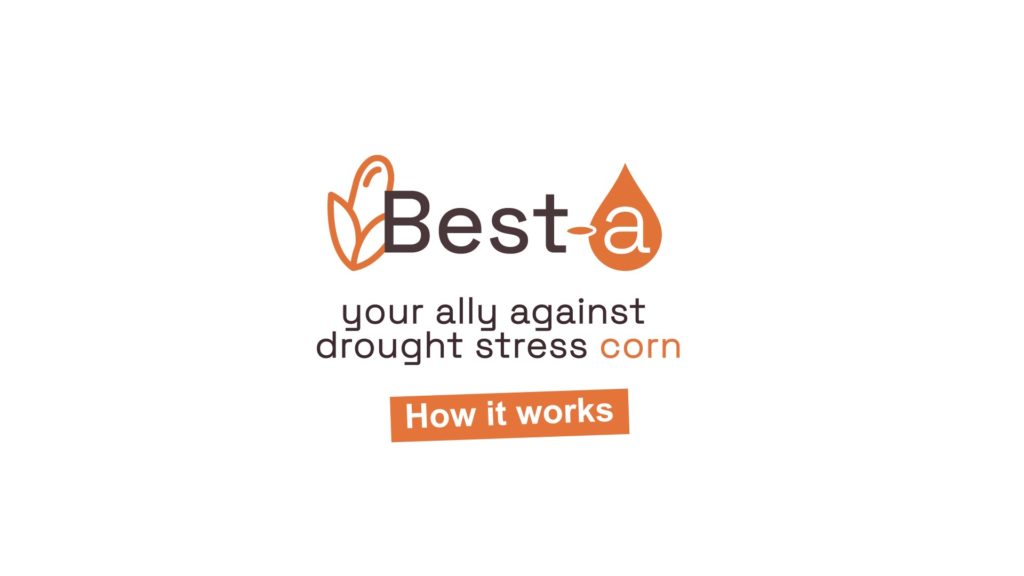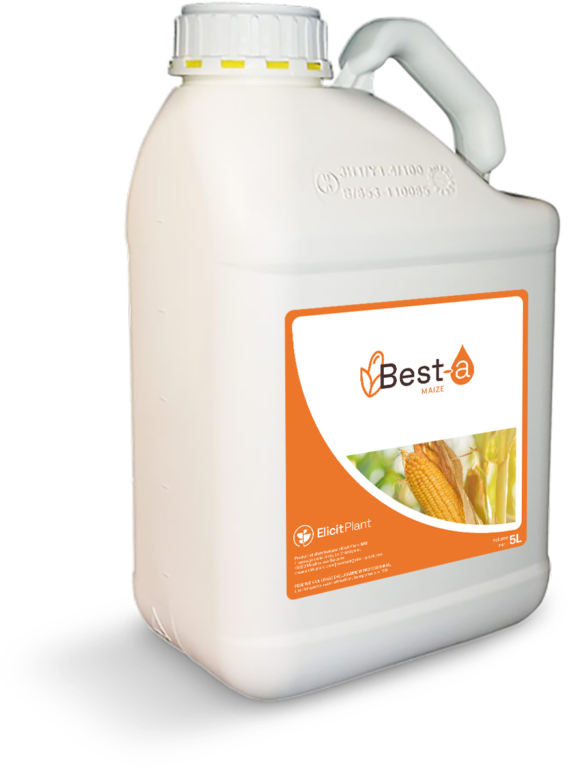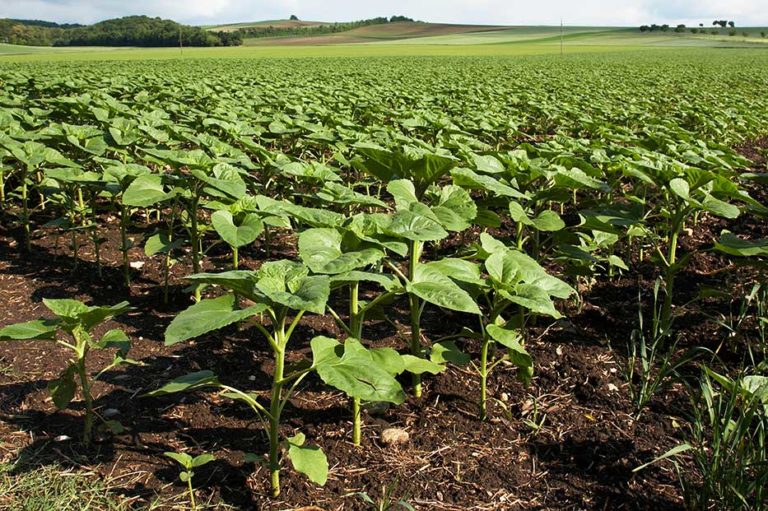Agricultural advices
Best-a corn: instructions on how to achieve optimal yields!
Drought stress is a major problem for corn crops, and has a considerable impact on yields. Best-a is an innovative solution that helps mitigate the effects of water shortage on corn crops. Here is a detailed guide on how Best-a works and how to apply it effectively.
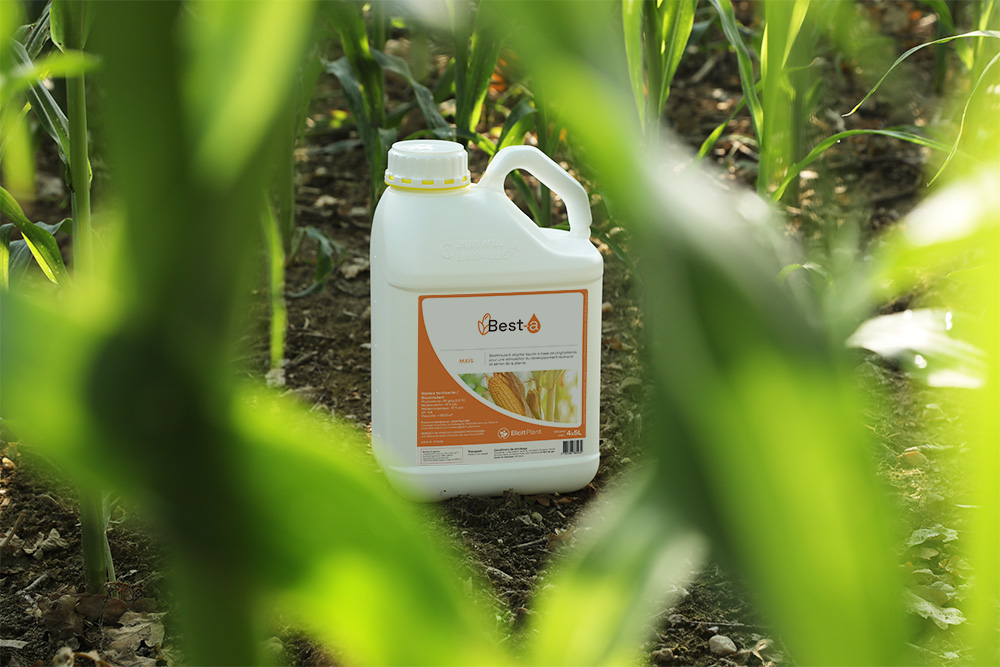
![]()
The 3 most frequently asked questions about Best-a
Innovation means creating something new, and any new product often comes with a whole host of questions. How does it work? What are the benefits? How do I use it? Here are the answers to your questions.
1. Does Best-a help to make water savings?
Yes, Best-a saves between 10% and 20% water when applied in the right conditions. For irrigated crops, this means that irrigation rounds can be scheduled further apart, reducing irrigation costs. However, the main function of Best-a is to buffer water shortages between water inputs, hence securing yield. Trials have shown an average yield increase of 570 kg per hectare in over 100 international trials between 2019 and 2022.
2. Is Best-a useful even when there is no drought?
Every period of water shortage – however short – has an impact on yields. Drought doesn’t have to be prolonged to affect yields, a single day of water stress is enough. Thanks to Best-a, plants can better manage their water consumption, saving up to 20%, which helps to keep water available in the soil for longer. Best-a helps crops maintain their performance even during temporary water shortages, by reducing their exposure to water stress. Today’s climate change means periods of water shortage are becoming more frequent. Best-a helps to withstand these critical periods without compromising yield, especially during sensitive stages of corn growth.
3. Is Best-a a nutritional supplement?
No, Best-a is not a nutrient supplement or fertilizer. It’s a biosolution composed of plant-derived phytosterols. It stimulates the plant to develop its root system so it can better absorb water, and reduces transpiration by partially closing the stomata. Best-a therefore improves water absorption by the roots and reduces water loss from the leaves, while maintaining photosynthesis.
![]()
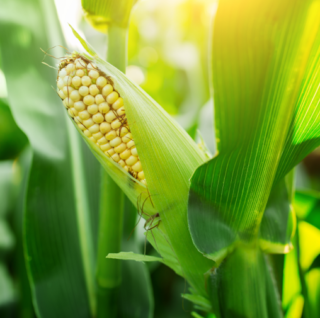
Advantages of applying Best-a: summary
- Reduces water consumption by 20%.
- Increases yields by an average 570 kg per hectare.
- Improves plant tolerance to water shortage.
- Stimulates root development for better access to water.
- Reduces evapotranspiration by inducing partial stomatal closure without affecting photosynthesis.
![]()
Practical guide to applying Best-a
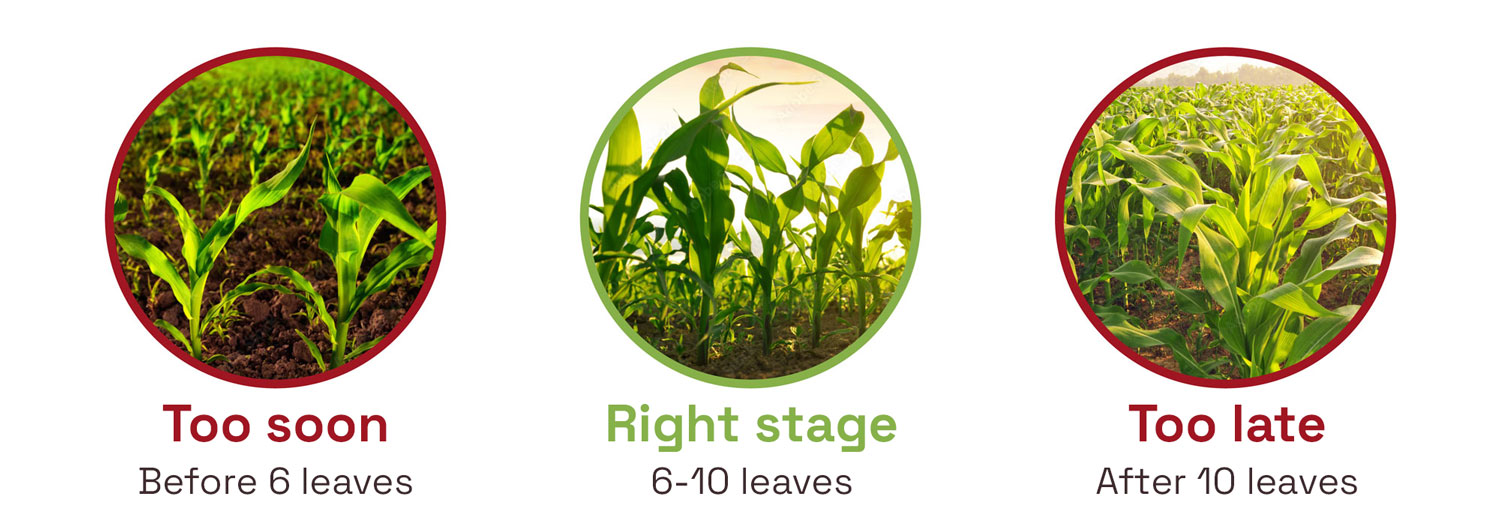
For optimum effectiveness, Best-a should be applied as a foliar spray at the 6 to 10 leaf stage of the corn crop’s growth. It fits in perfectly with conventional crop itineraries. Just one application is all it takes since the product has a lasting action throughout the growth cycle. It is crucial to apply Best-a as a preventive measure, when the soil still contains water. Here is a summary of the conditions of application:
- Growth stage: apply at 6 to 10 leaf stage, in weather conditions favorable to growth.
- Weather conditions: apply in the morning when humidity is at least 70%, the temperature is between 6 and 25 degrees Celsius, and the wind speed is less than 19km/h.
- Soil water status: make sure the soil still contains water, but is non-hydromorphic.
- Ensure a rain-free period of 2 hours after application.
Application steps
- Preparation: make sure your spraying equipment is calibrated and in good condition.
- Mixture: dilute Best-a according to the manufacturer’s instructions.
- Spraying: apply evenly to leaves, during the weather conditions stated above.
- Follow-up: monitor how your crops are doing to assess the effectiveness of the application, and adjust practices if necessary.
By following these tips, in addition to the usual nutrients, you can maximize the benefits of applying Best-a and improve your corn crop’s resistance to water shortage, while optimizing yields.
Découvrez nos conseils d’application en vidéo
